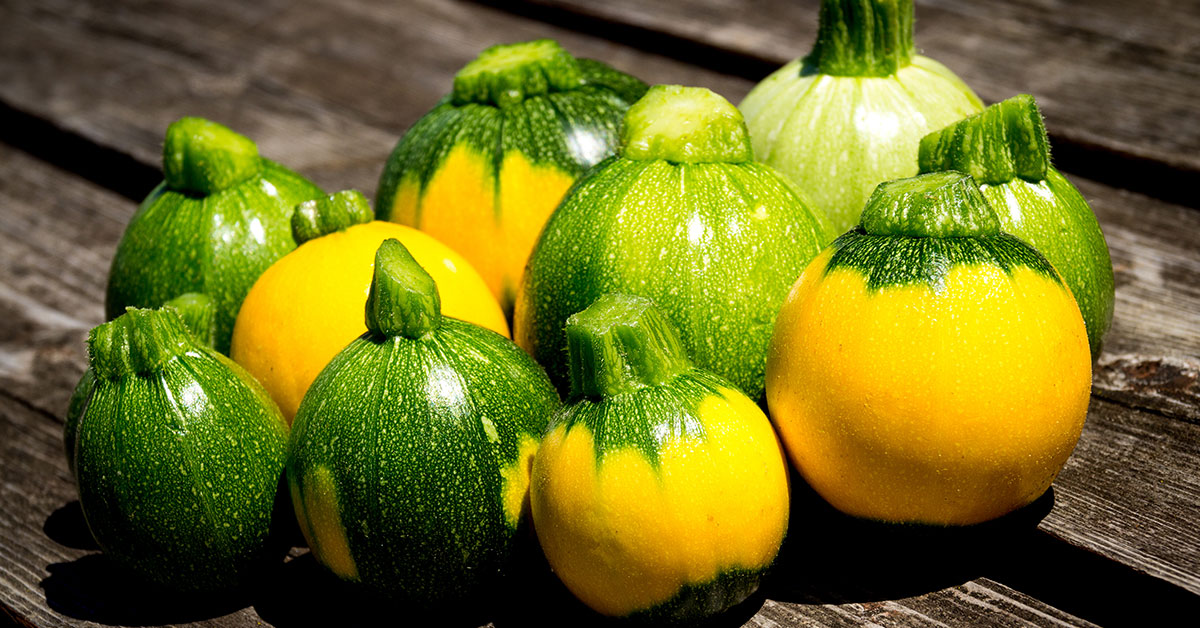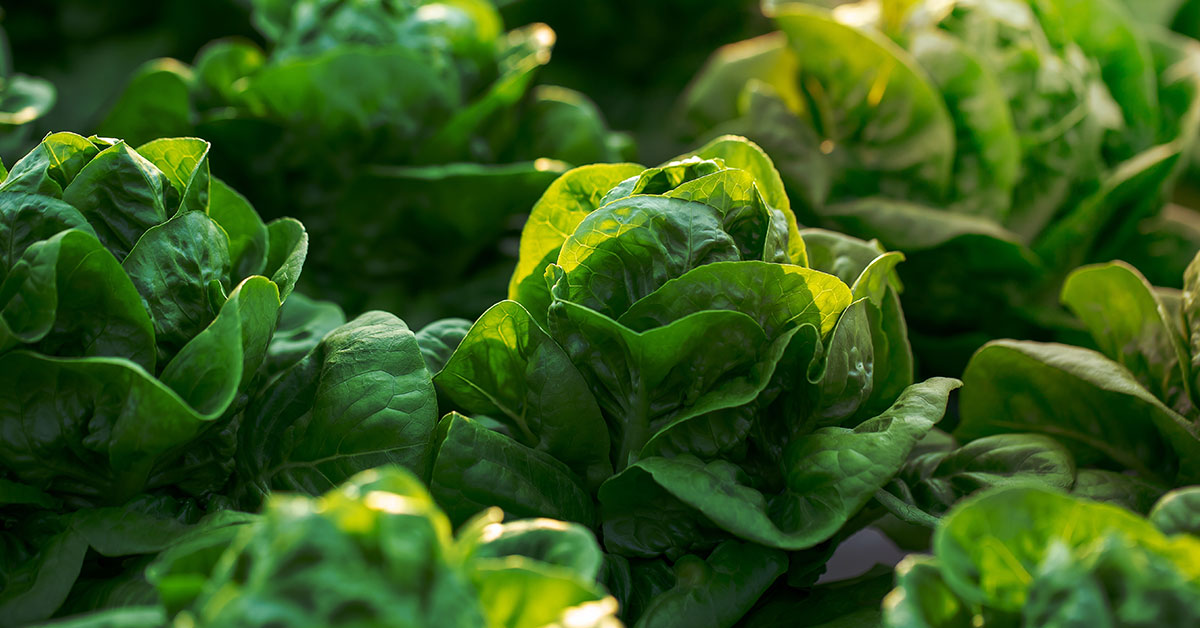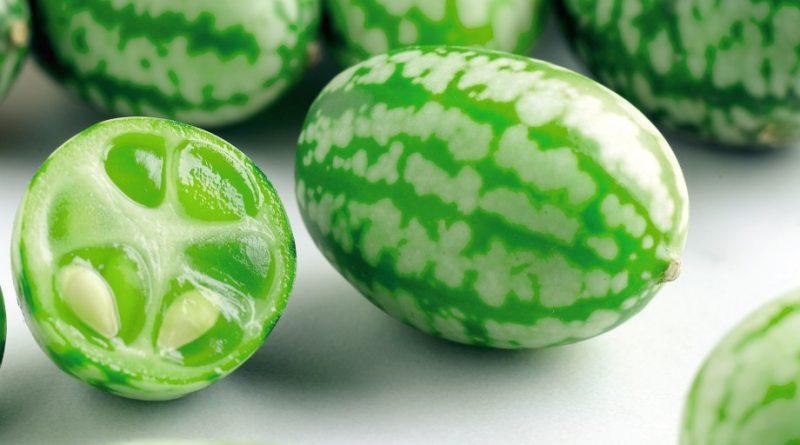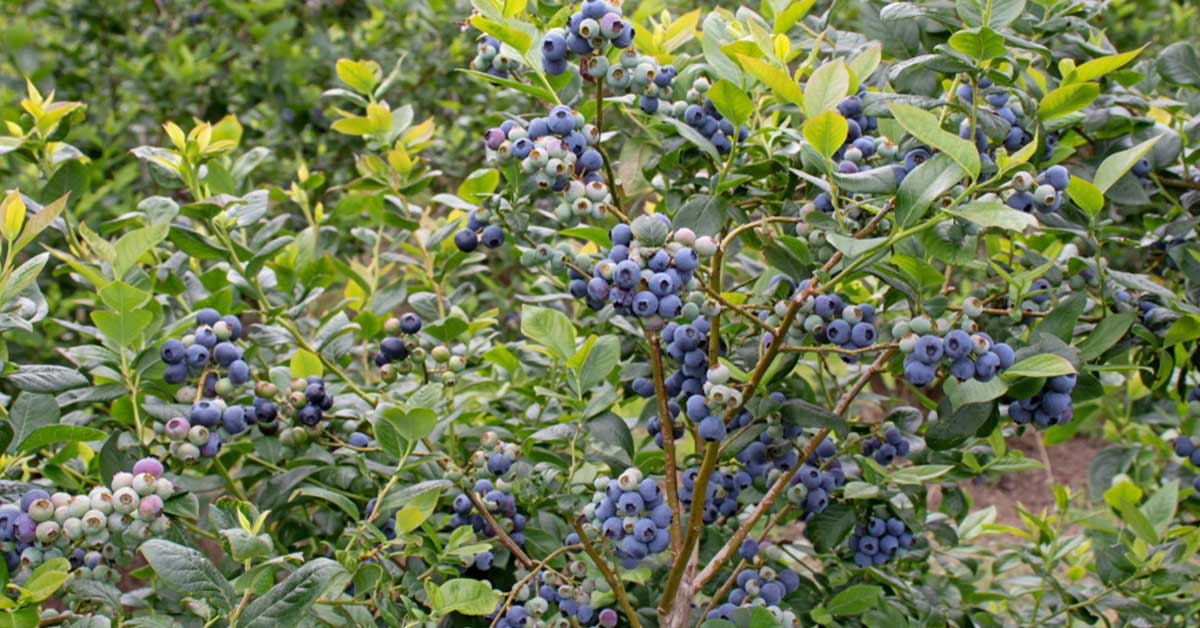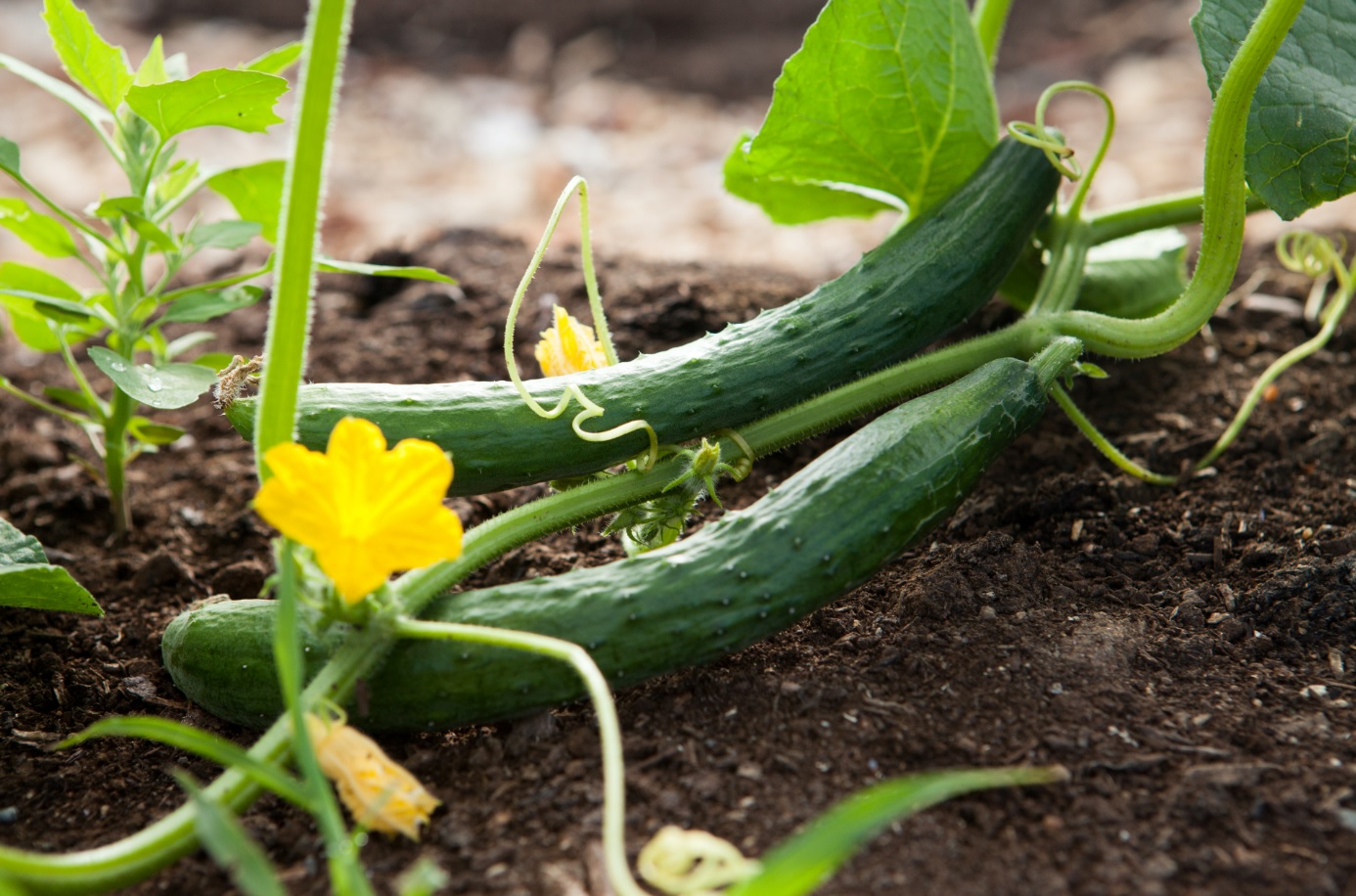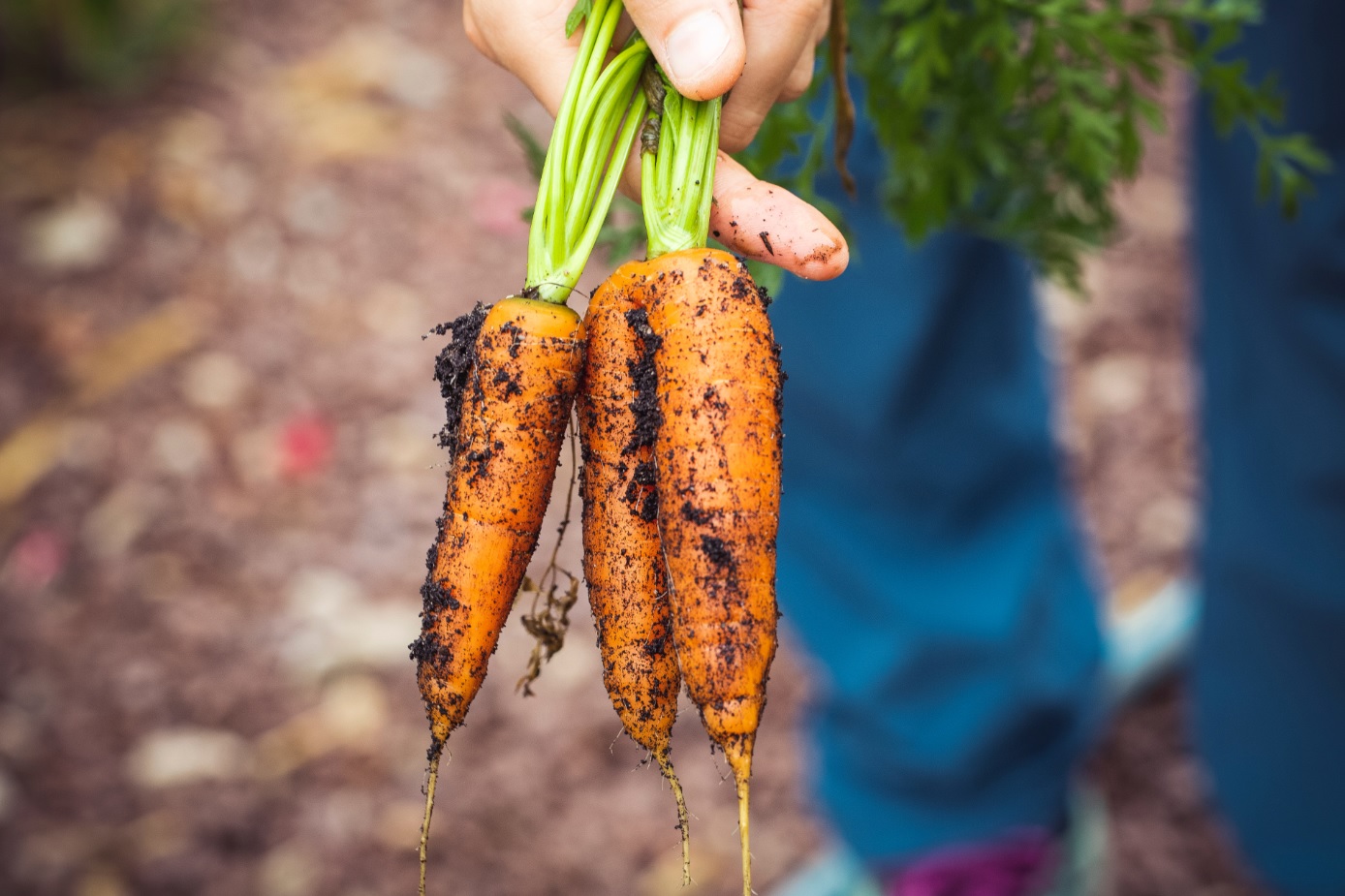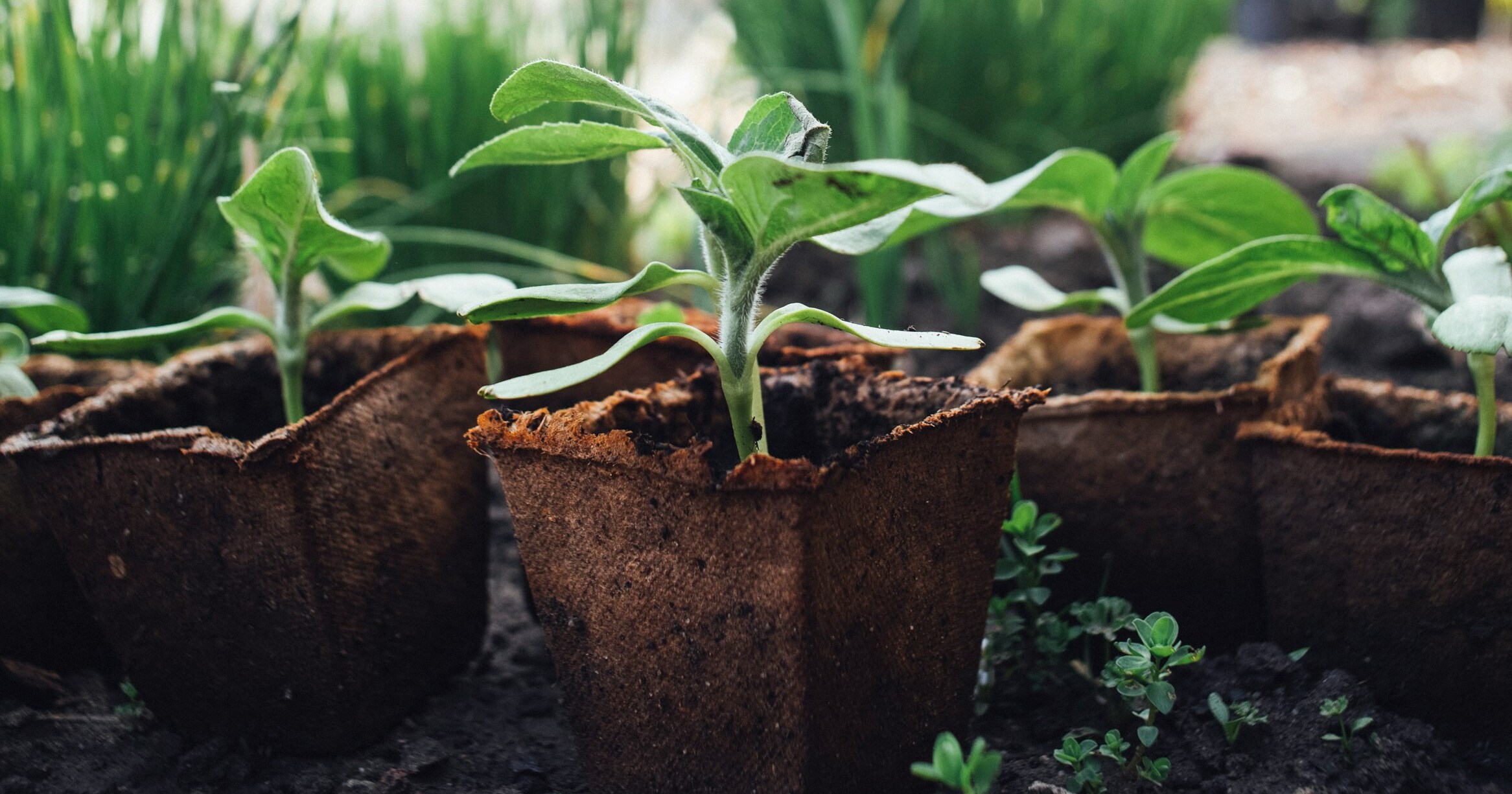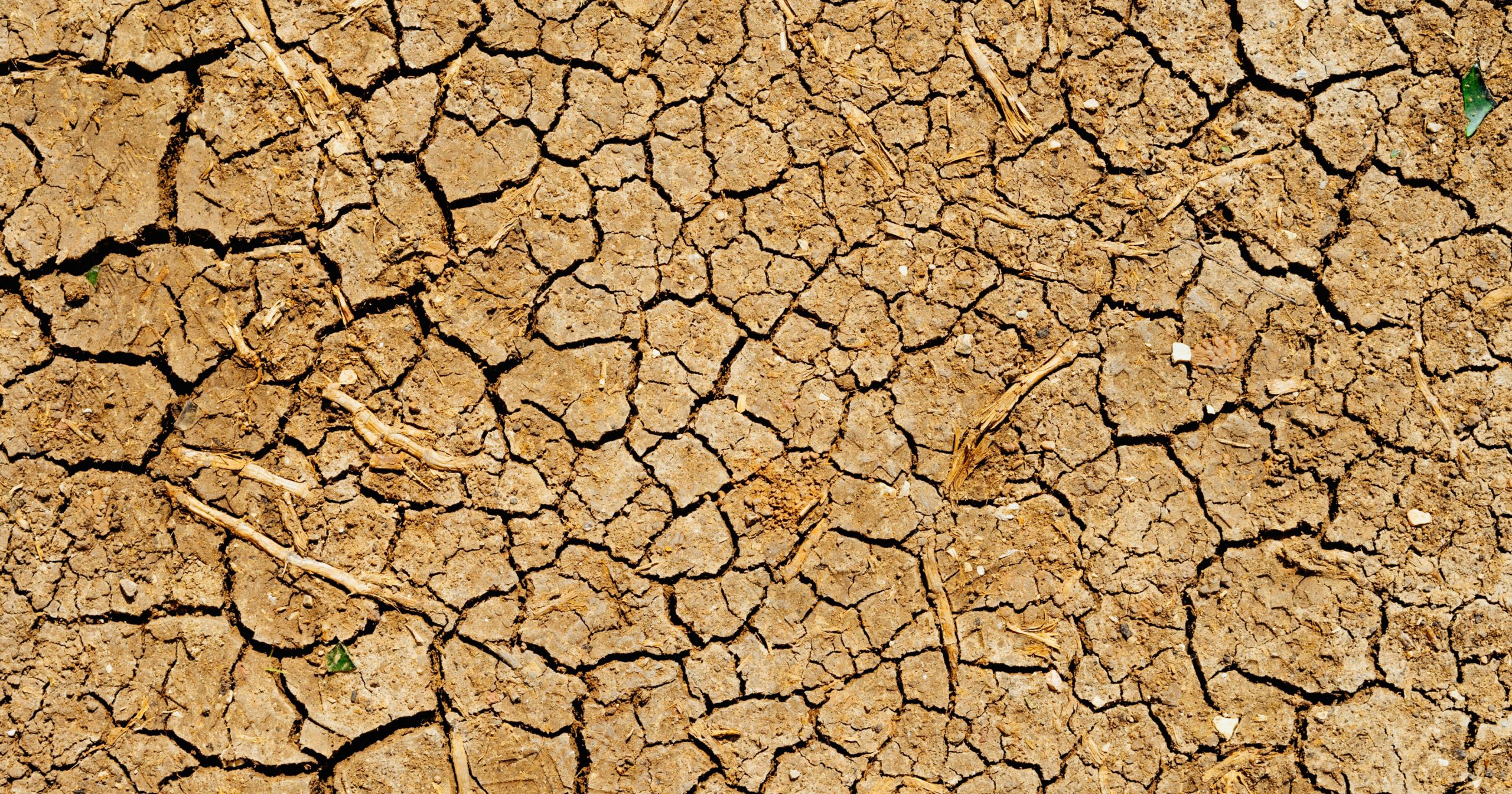Growing zucchini can be one of the most rewarding experiences in a gardener’s journey. These prolific plants can provide an abundant harvest, perfect for a wide range of culinary uses. However, like any crop, zucchini comes with its own set of challenges and questions. From planting techniques to pest control, understanding the nuances of zucchini cultivation can make all the difference in achieving a successful harvest.
In this article, I’ll address the top ten questions about growing zucchini, providing detailed answers to help you nurture healthy, productive plants. Whether you’re a seasoned gardener or just starting out, these expert tips will guide you through the process and ensure a bountiful harvest. Let’s dive into the wonderful world of zucchini and get your garden thriving!
What Is the Best Time to Plant Zucchini?
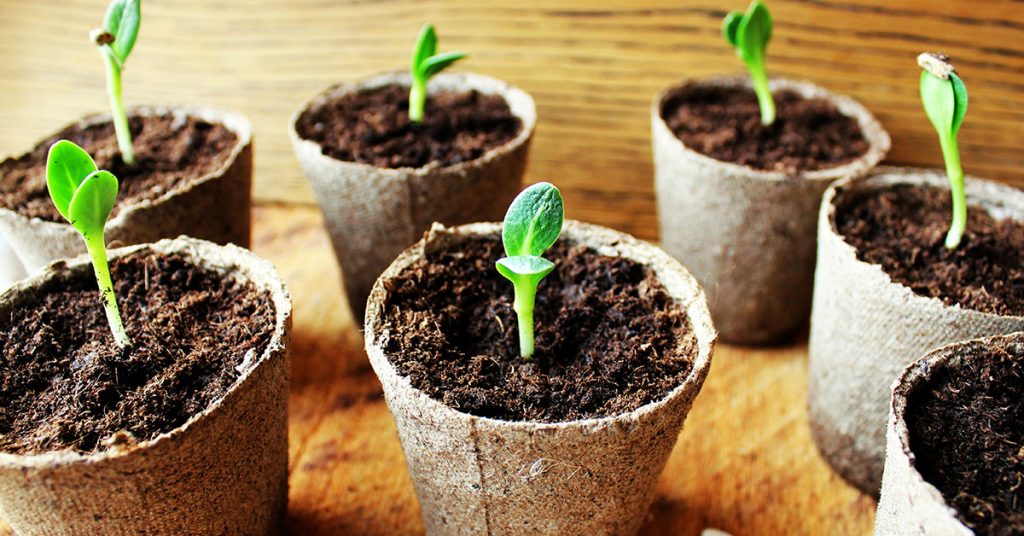
The best time to plant zucchini is after the last frost date in your area when the soil has warmed up to at least 60°F (15°C). Zucchini thrives in warm weather and can be sensitive to cold temperatures. In most regions, planting zucchini in late spring to early summer is ideal. If you live in a warmer climate, you might be able to plant earlier or even have multiple planting times throughout the year.
One of my favorite things about zucchini is its rapid growth. Within just a few days of planting, you’ll see seedlings sprout, and in about 60 days, you’ll be harvesting your first zucchinis! To get a head start, you can start seeds indoors about 2-4 weeks before the last frost date and then transplant them into your garden. Just be sure to harden off the seedlings by gradually exposing them to outdoor conditions.
How Should I Prepare the Soil for Zucchini?
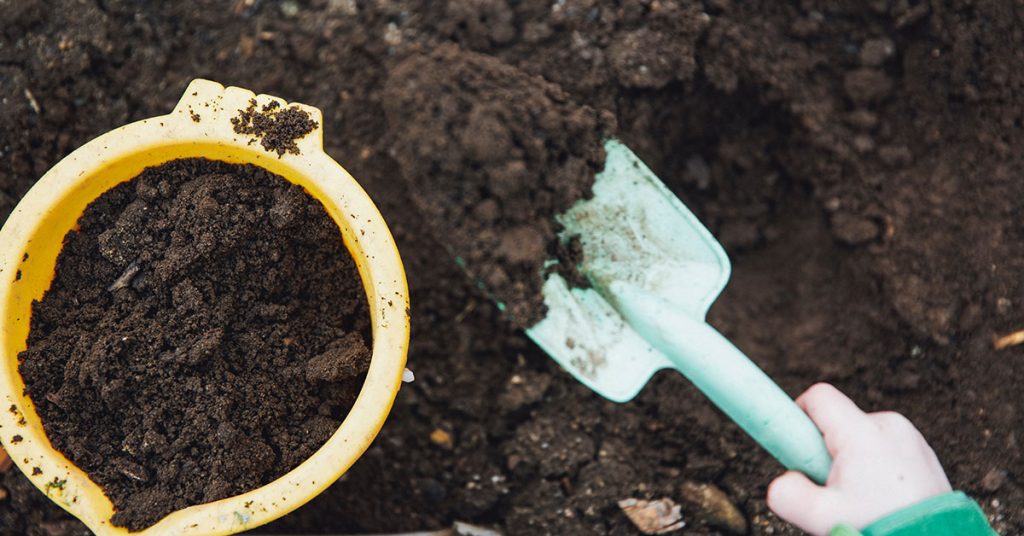
Zucchini prefers rich, well-drained soil with a pH between 6.0 and 7.5. Before planting, incorporate plenty of organic matter, such as compost or well-rotted manure, into the soil. This not only improves soil fertility but also enhances its structure and drainage capabilities. Raised beds or mounds can be particularly beneficial for zucchini, as they ensure good drainage and help the soil warm up faster.
Conduct a soil test to determine nutrient levels and pH, adjusting as necessary with lime or sulfur. Adding a balanced fertilizer at planting time can give your zucchini a great start. Zucchini plants are heavy feeders, so consider side-dressing with compost or a slow-release fertilizer throughout the growing season to maintain nutrient levels. Proper soil preparation is key to growing vigorous, productive plants.
How Much Sunlight Does Zucchini Need?
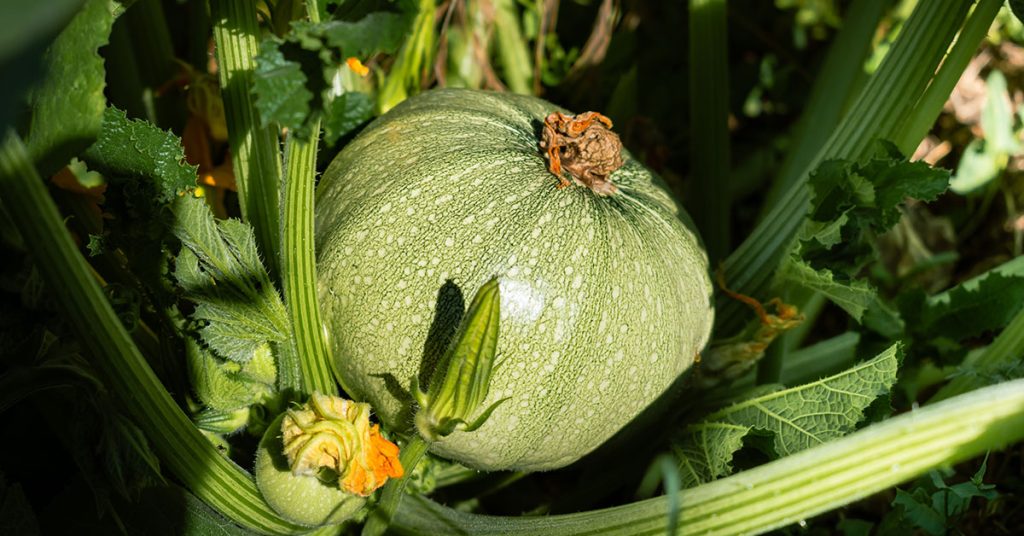
Zucchini plants thrive in full sun, requiring at least 6-8 hours of direct sunlight each day. Adequate sunlight is crucial for photosynthesis, which supports healthy growth and fruit production. When selecting a planting site, choose a location that receives ample sunlight and has good air circulation to help prevent disease.
If you’re growing zucchini in a region with extremely hot summers, providing some afternoon shade can help protect the plants from heat stress. However, be cautious not to overdo it, as too much shade can reduce fruit production. Consistent sunlight exposure ensures your zucchini plants develop strong stems, lush foliage, and an abundant yield of delicious zucchinis.
How Often Should I Water My Zucchini?
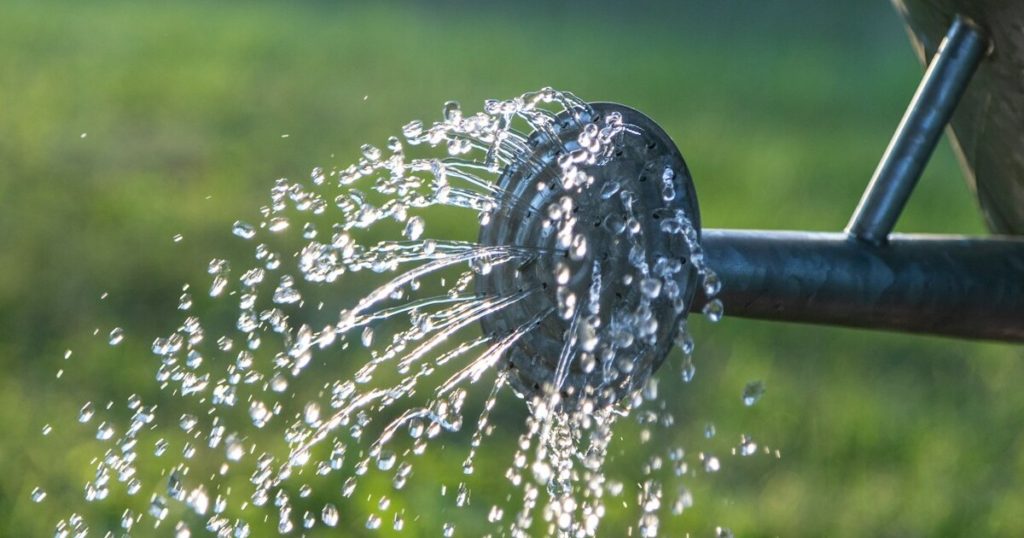
Proper watering is essential for healthy zucchini plants. Zucchini requires consistent moisture but does not tolerate waterlogged soil. Aim to provide about 1-2 inches of water per week, adjusting based on rainfall and soil conditions. Water deeply and less frequently to encourage deep root growth, which helps the plants access water during dry spells.
One of the best times to water zucchini is in the early morning. This allows the foliage to dry out during the day, reducing the risk of fungal diseases. Mulching around the plants can help retain soil moisture and regulate temperature. Be careful not to let the soil dry out completely between waterings, as inconsistent moisture can lead to blossom end rot and other issues.
How Can I Prevent Pests and Diseases?
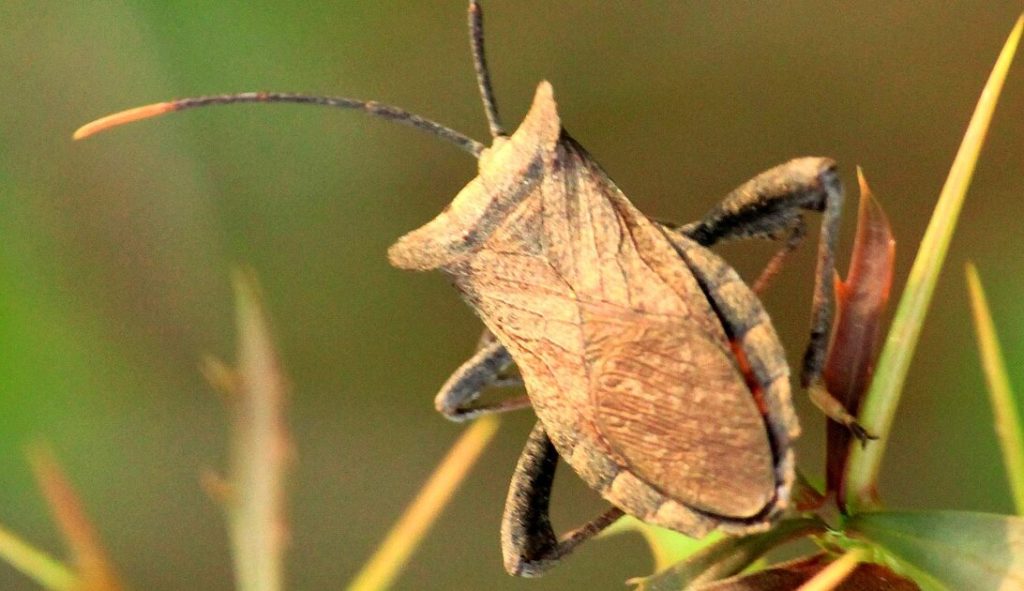
Zucchini plants can be susceptible to pests such as squash bugs, cucumber beetles, and aphids, as well as diseases like powdery mildew and bacterial wilt. Regularly inspect your plants for signs of pest activity and take action early to manage infestations. Handpicking pests, using insecticidal soap, and introducing beneficial insects like ladybugs can help control pest populations.
To prevent diseases, ensure proper spacing between plants to improve air circulation and reduce humidity around the foliage. Water at the base of the plants rather than overhead to keep the leaves dry. Crop rotation is also important; avoid planting zucchini or other cucurbits in the same location each year to minimize disease buildup in the soil. Practicing good garden hygiene and selecting disease-resistant varieties can further reduce the risk of pests and diseases.
Should I Prune My Zucchini Plants?
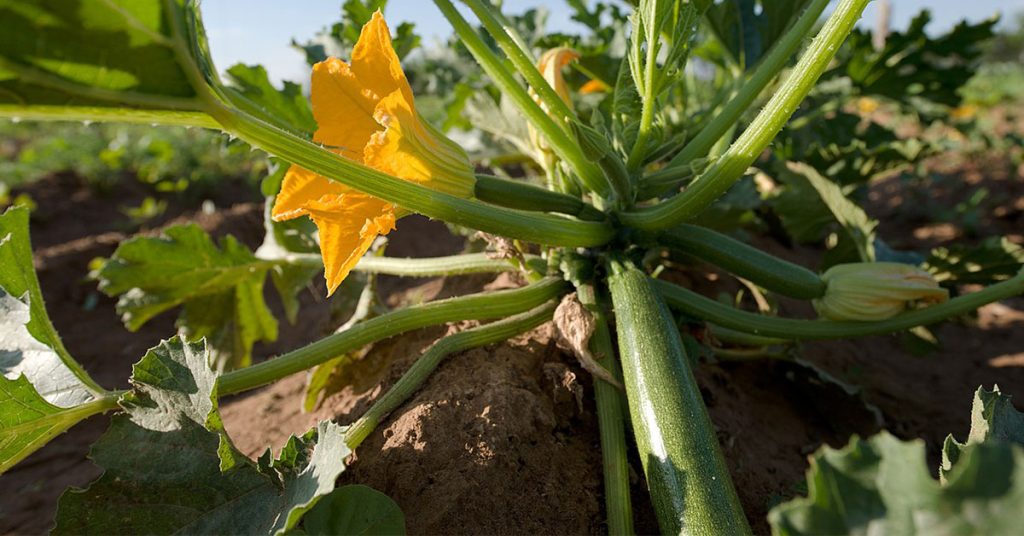
Pruning zucchini plants can help improve air circulation, reduce disease risk, and manage plant size. Remove any dead or yellowing leaves and any that show signs of disease. This helps keep the plant healthy and allows more sunlight to reach the remaining leaves and fruits. If the plant becomes too large or crowded, you can also prune back some of the stems to maintain a more manageable size.
While pruning, be careful not to remove too much foliage, as the leaves are essential for photosynthesis. Focus on removing damaged or unhealthy leaves and thinning out the plant as needed. Proper pruning can lead to healthier plants and a better yield of zucchinis.
How Can I Improve Pollination?
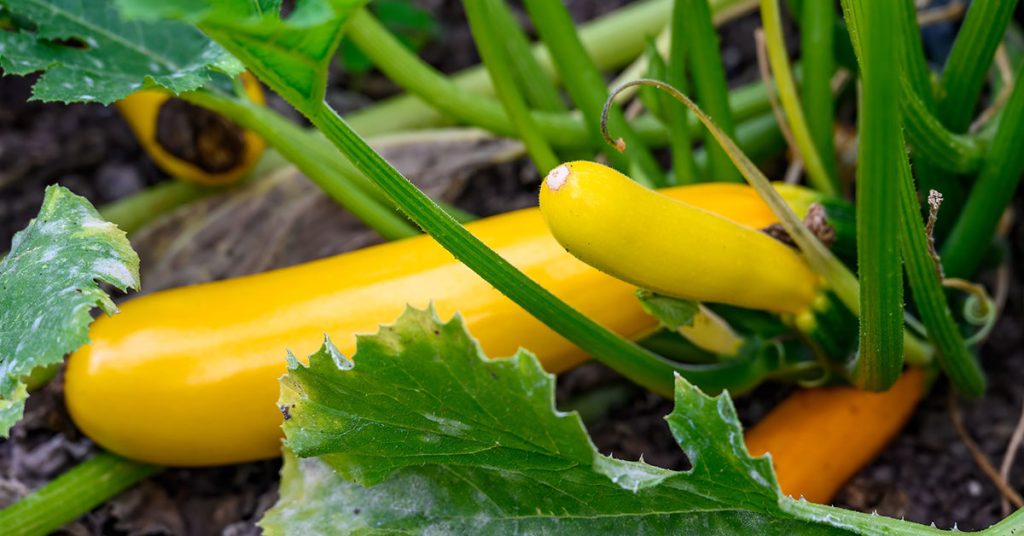
Zucchini plants have separate male and female flowers, and pollination is necessary for fruit development. Pollinators such as bees play a crucial role in transferring pollen from male to female flowers. To attract pollinators, plant flowers like marigolds, sunflowers, and zinnias near your zucchini plants. Ensuring a diverse garden with continuous blooms can help support pollinator populations.
If you notice poor fruit set, you can also hand-pollinate the flowers. Use a small brush or cotton swab to transfer pollen from the male flowers (which have a slender stem) to the female flowers (which have a small fruit at the base). Hand-pollination can be especially helpful in areas with low pollinator activity or in greenhouses.
When and How Should I Fertilize My Zucchini?
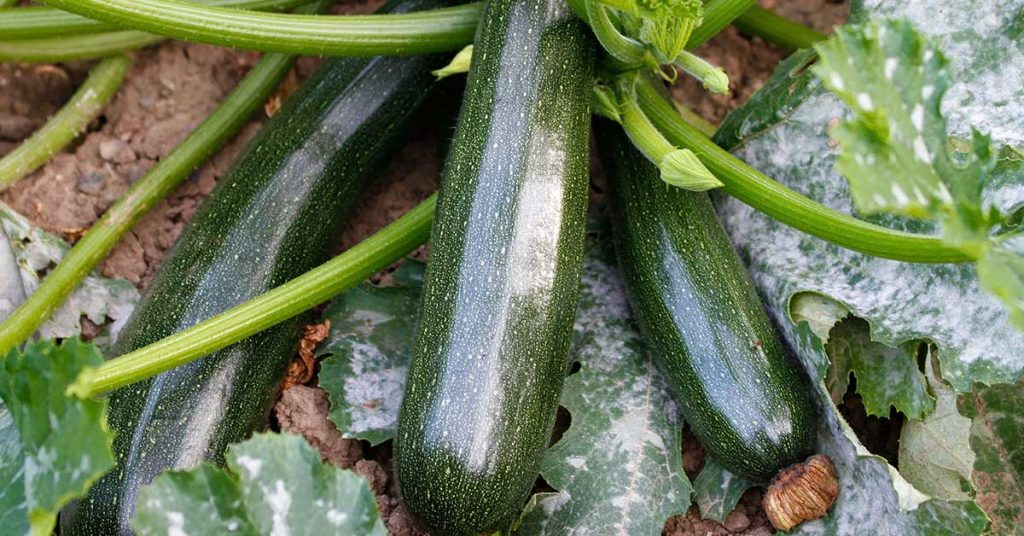
Zucchini plants are heavy feeders and benefit from regular fertilization. Start by incorporating a balanced fertilizer into the soil at planting time. As the plants grow, side-dress with compost or a fertilizer high in phosphorus and potassium every 3-4 weeks. This supports strong root development and fruit production.
Avoid over-fertilizing with nitrogen, as this can lead to excessive foliage growth at the expense of fruit. Organic options like compost tea or fish emulsion are excellent choices for providing nutrients without the risk of over-fertilization. Following a consistent fertilization schedule helps ensure your zucchini plants remain healthy and productive throughout the growing season.
How Do I Know When to Harvest My Zucchini?
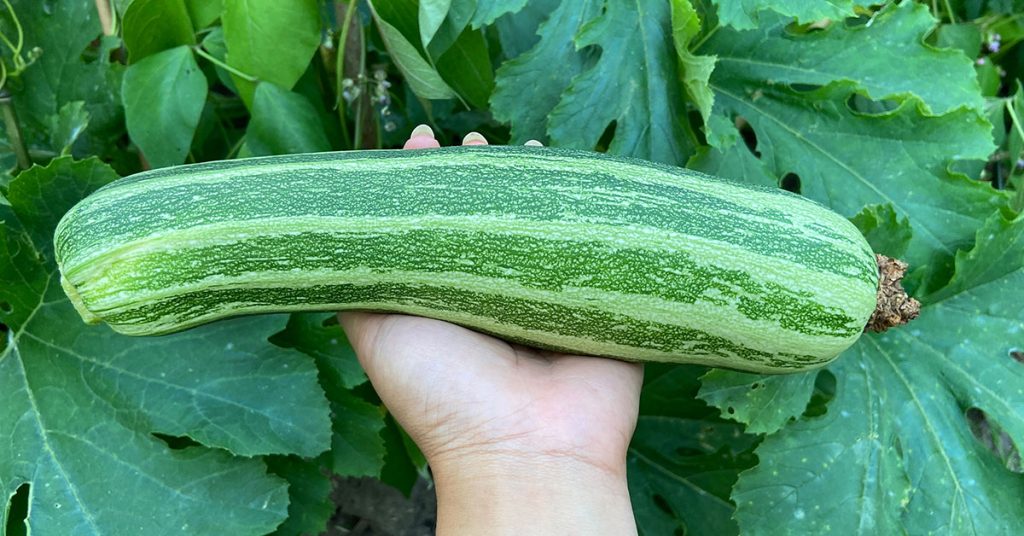
Knowing when to harvest your zucchini ensures the best flavor and texture. Zucchinis are typically ready to harvest when they are about 6-8 inches long and still tender. Check your plants regularly, as zucchinis can grow rapidly and become oversized within a few days. Harvesting smaller zucchinis encourages the plant to produce more fruit.
Use a sharp knife or pruners to cut the zucchinis from the plant, leaving a small stem attached to avoid damaging the plant. Overripe zucchinis can become tough and seedy, so it’s best to harvest them while they are young and tender. Regular harvesting not only improves the quality of the fruit but also stimulates the plant to produce more.
What Are Some Common Problems and How Can I Solve Them?
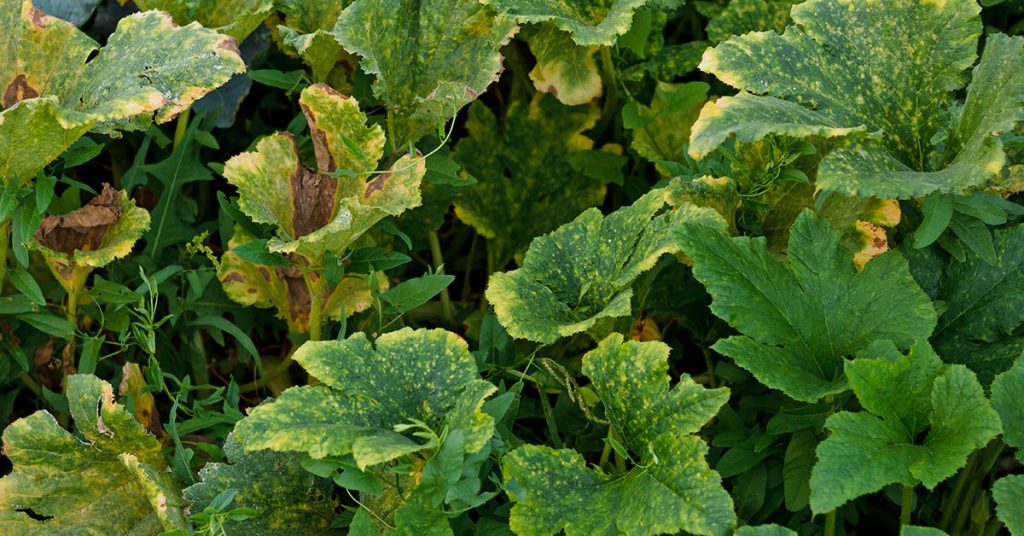
Common problems with zucchini plants include blossom end rot, powdery mildew, and poor pollination. Blossom end rot is often caused by inconsistent watering and calcium deficiency. To prevent it, ensure consistent soil moisture and consider adding calcium to the soil if needed. Powdery mildew appears as a white powdery coating on the leaves and can be managed by improving air circulation and avoiding overhead watering.
Poor pollination can result in misshapen or underdeveloped fruits. Encourage pollinators in your garden and consider hand-pollinating the flowers if necessary. Regularly inspect your plants and address any issues promptly to ensure healthy growth and a bountiful harvest. Understanding and addressing common problems helps you maintain productive zucchini plants throughout the season.
With these expert answers to the top questions about growing zucchini, you’ll be well-equipped to cultivate a successful and productive garden. Remember, each step in the growing process, from soil preparation to harvesting, plays a vital role in ensuring a bountiful yield.
